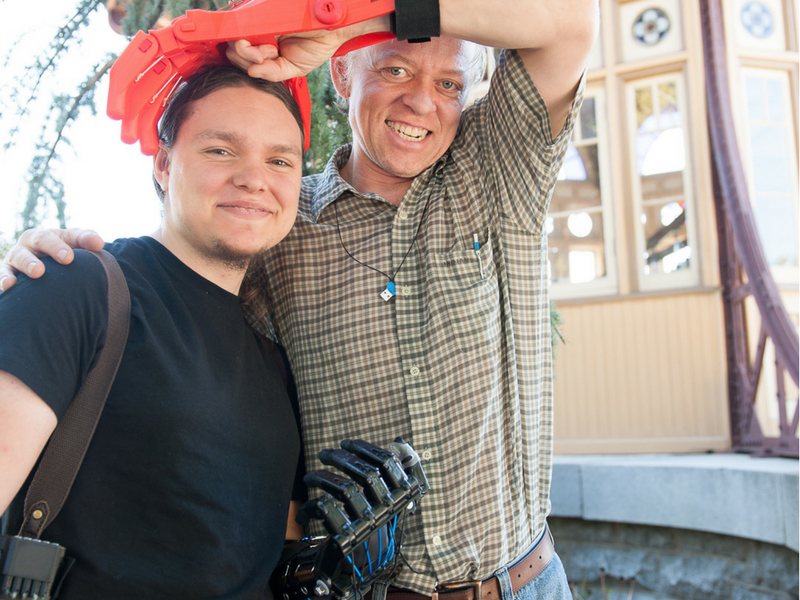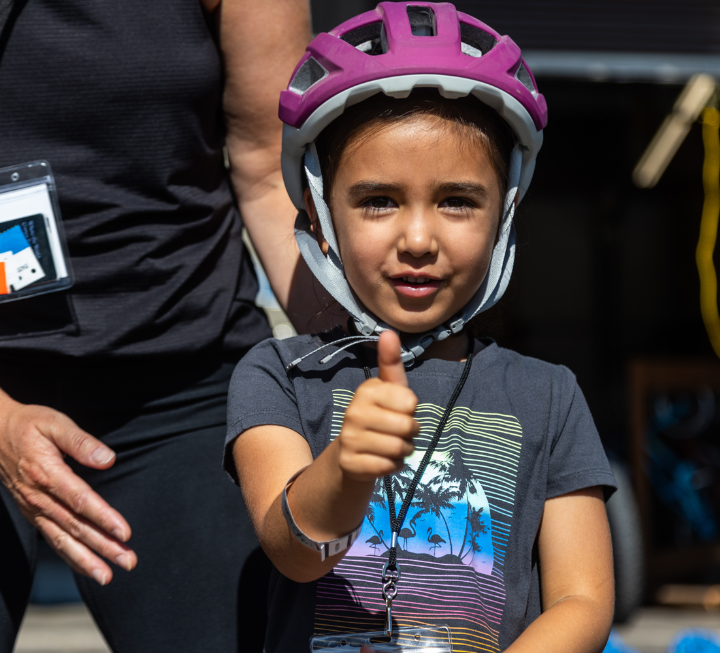Peter Binkley is one of the e-NABLE community‘s most active designers. Together with his son, Peregrine Hawthorne, they designed the Talon hand, the Ody hand, and the Flextensor. He also collaborated with other e-NABLE on the design of the Raptor hand.
And now he’s setting his sights on the Airy Arm.
Why did Peter get involved with the e-NABLE community? His son Peregrine has a congenital hand amputation. Twenty years of dialogue between father and son is what helped them design devices that worked in the real world.
Peter’s plan moving forward is to print disposable molds to cast a glove-like device in soft material similar to the Exo-Glove Poly being developed at Seoul National University in South Korea, except that it would be mechanical, and not motorized.
Will Peter have a workable device in the next few weeks? Likely not, as designing a working solution will take months. “Nobody here wants to break any hearts by delivering devices that don’t perform to expectation. [T]he reality is that we will probably continue to fail for a while before we ultimately succeed. In the end, we will all learn the value of hopeful perseverance.”
Peter brings a wealth of expertise to the Airy Arm design. Watch him speak at TedxDubaiSalon about the history of Enabling The Future here and how open sourced 3D-printed design of prosthetic hands began here.
Do you or someone you love have hand hemiparesis due to stroke, traumatic brain injury, or epilepsy surgery? We seek children or adults with hemiparesis who live within 30 miles of Blacksburg, Virginia, who can help Peter understand how hemiparesis limits hand function. Email us at info@brainrecoveryproject.org if you want to help.




